La Casa de Estudillo Historic Adobe House in Old Town San Diego
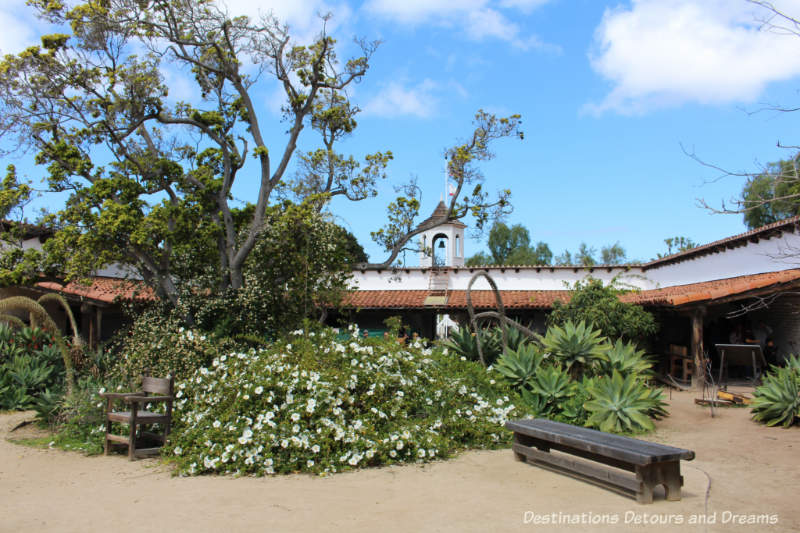
A house museum showcasing the early 1800s life of the Estudillo family in southern California
Old Town San Diego State Historic Park contains restored and reconstructed buildings that recreate the feel of San Diego, California between 1821 and 1872. These buildings now contain shops, restaurants, and museums. One of the museums, La Casa de Estudillo, might be considered the heart of the park because restoration of that building led to restoration of other buildings and ultimately the creation of the park.
Spanish colonization of San Diego, part of the traditional lands of the Kumeyaay, began in 1769, but it was in the Mexican Era, after Mexico received independence from Spain in 1821, that the town really began to grow. La Casa de Estudillo was built in this era with construction occurring between 1827 and 1829. Captain José María Estudillo built the house for his family. The one-story house is built around three sides of a large patio. The original Casa included servants’ quarters, work and storage rooms, living areas, and a Roman Catholic chapel. When Captain José María Estudillo died in 1830, the house was passed down to his son José Antonio Estudillo and his son’s wife, María Victoria Dominguez de Estudillo. Four generations of the Estudillo family lived here between 1827 and 1887. In 1887, family descendants moved away and left the house in the hands of a caretaker.
By the late 1800s Old Town was no longer the bustling centre of activity it had been. Business had moved to “New Town”, the current downtown area of San Diego. However, Casa de Estudillo had become somewhat famous due to the popularity of Helen Hunt Jackson’s 1884 novel “Ramona” set in southern California. Although the work was fiction, tourists believed the home was the likely setting for Ramona’s marriage. The caretaker sold pieces of the house as Ramona-related artifacts. That and tourist vandalism left the house nearly in ruins by 1906.
In 1907 sugar magnate John D. Spreckels bought the house and began efforts to restore Old Town. He restored the house to conditions close to those in the novel and ran it as a tourist attraction, “Ramona’s Marriage Place.” Its success as a tourist attraction helped create a desire to restore other buildings and a renewed interest in San Diego’s Spanish and Mexican roots. The house was donated to the State in 1968 when Old Town San Diego State Historic Park was created. It has been restored as a house museum featuring the life of the Estudillo family. Individual rooms, located off the verandah on the inside of the U facing the courtyard, have been restored and can be viewed by visitors.
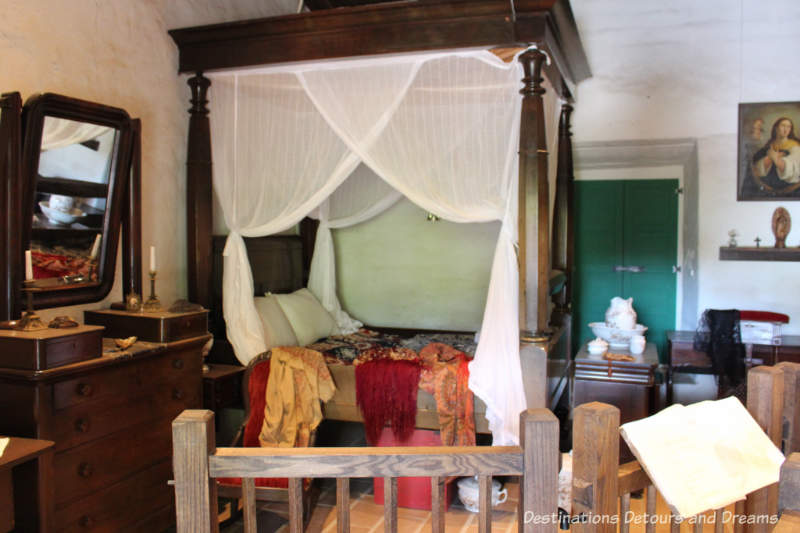
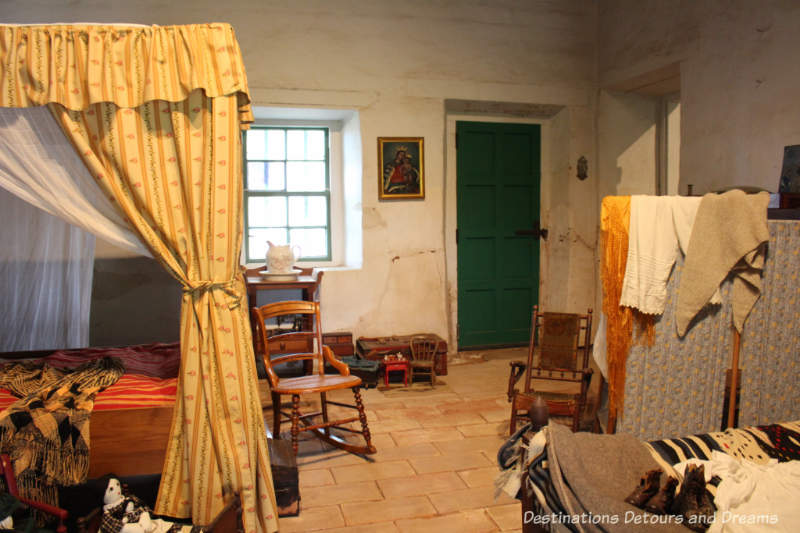
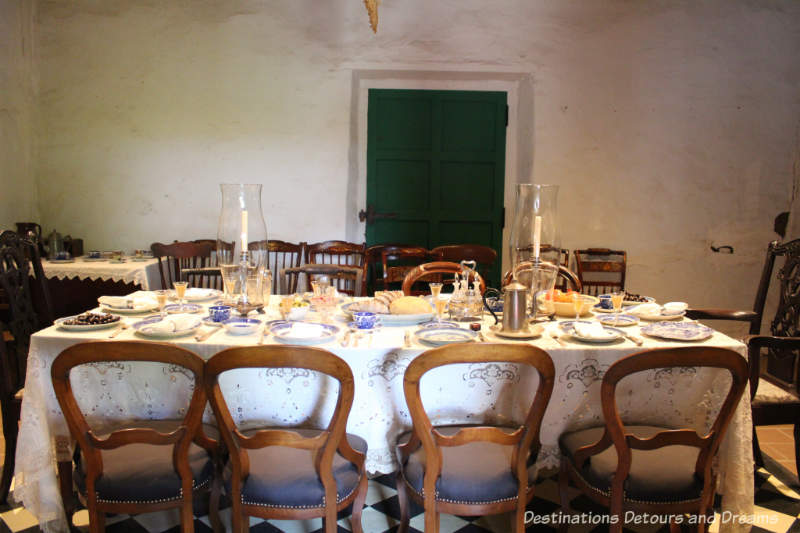
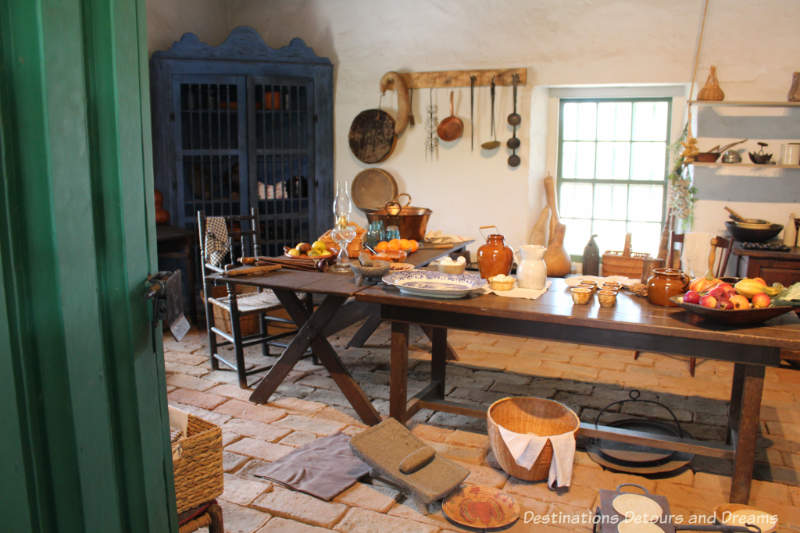
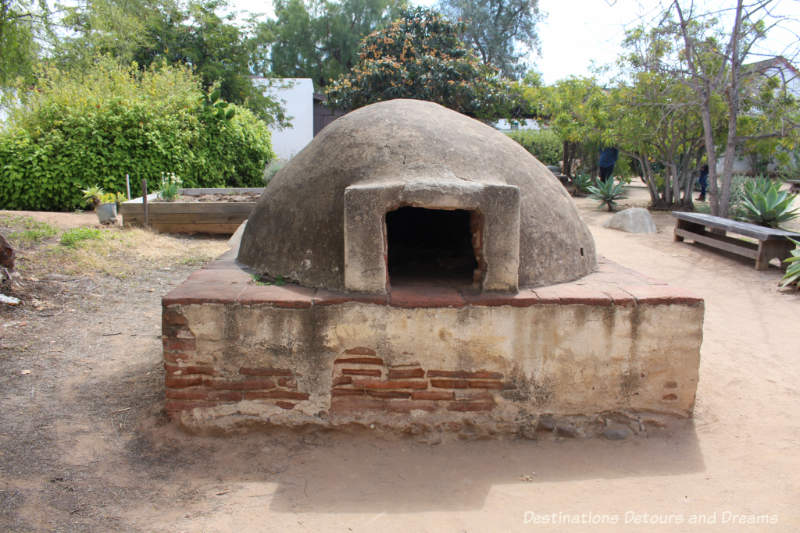
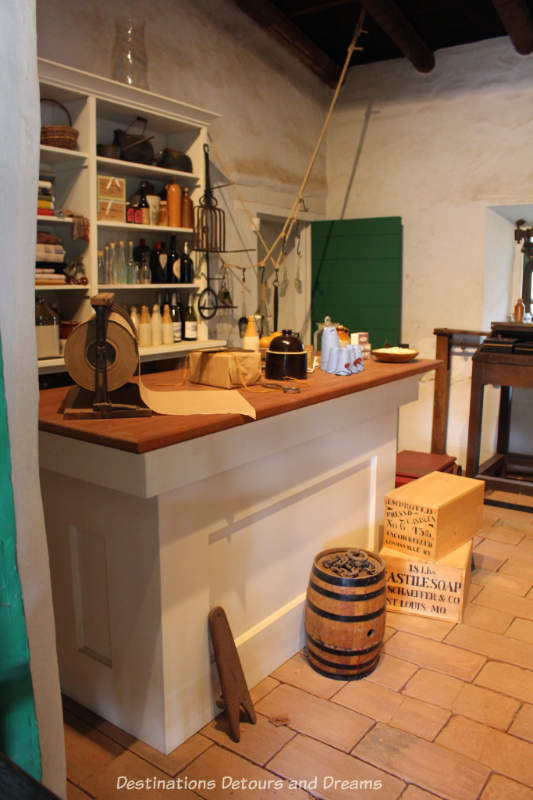
Casa de Estudillo, a National Historic Landmark, is open daily except for Thanksgiving, Christmas Day, and New Year’s Day. Entrance is free as is entrance to Old Town San Diego State Historic Park where the house is located.
PIN IT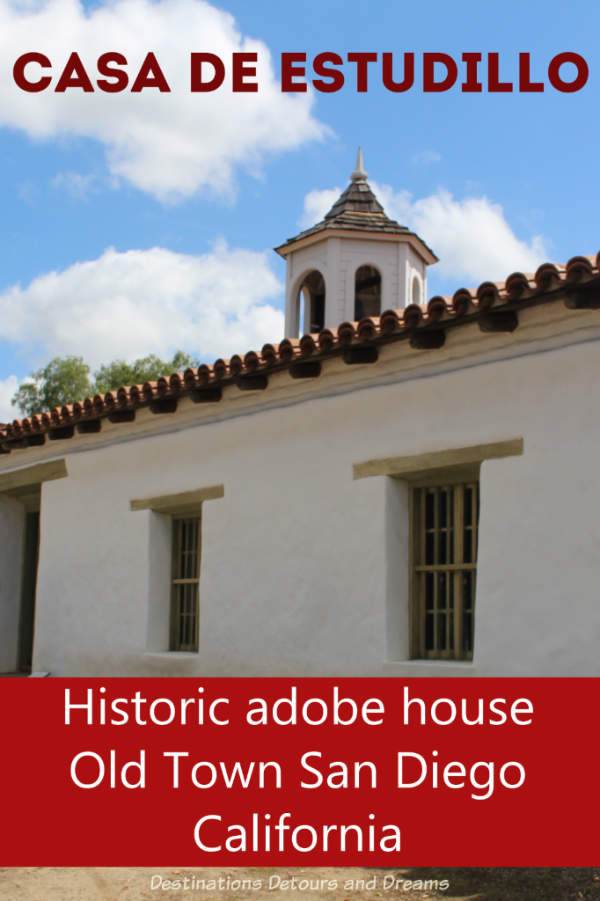
Never miss a story. Sign up for Destinations Detours and Dreams free monthly e-newsletter and receive behind-the-scenes information and sneak peaks ahead.

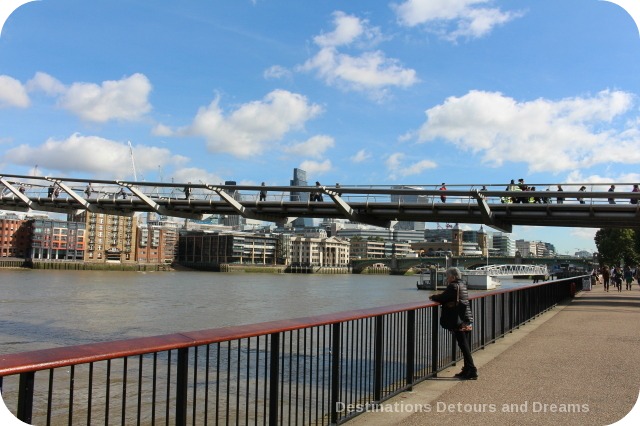
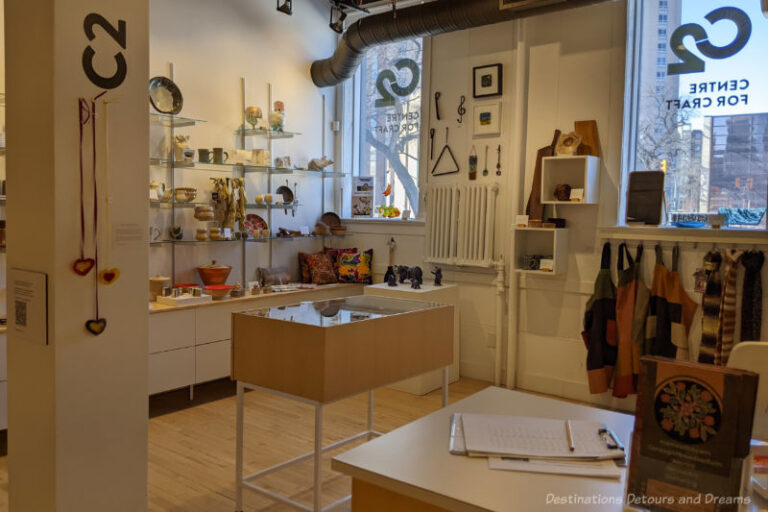
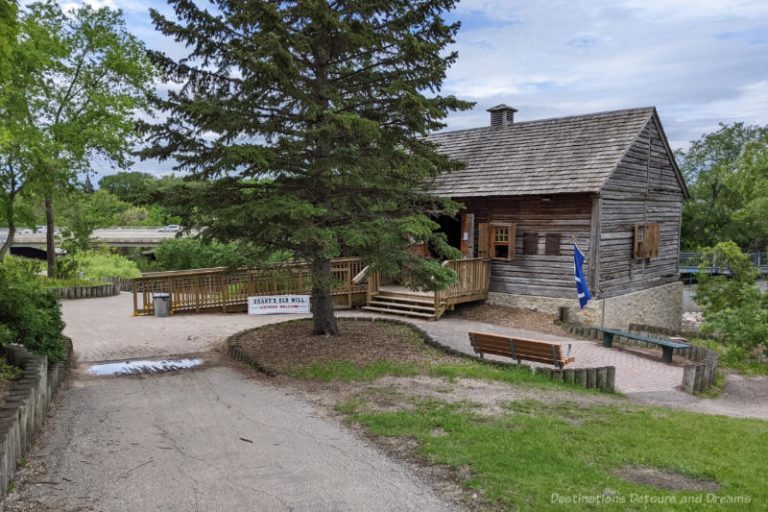
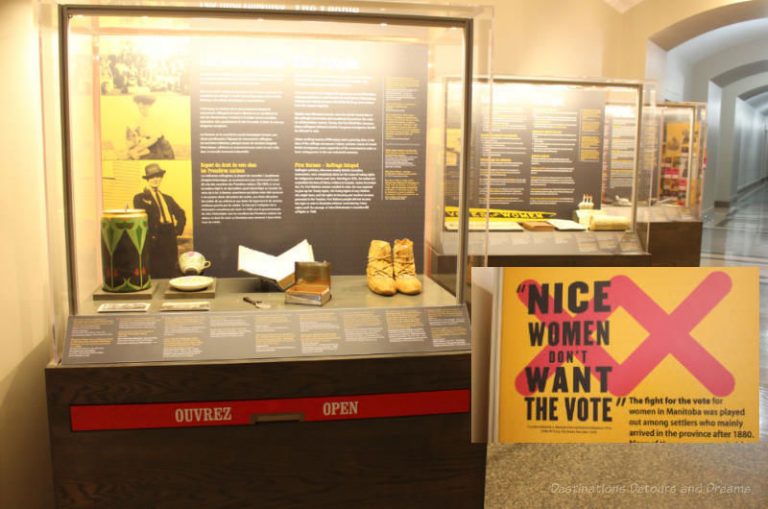
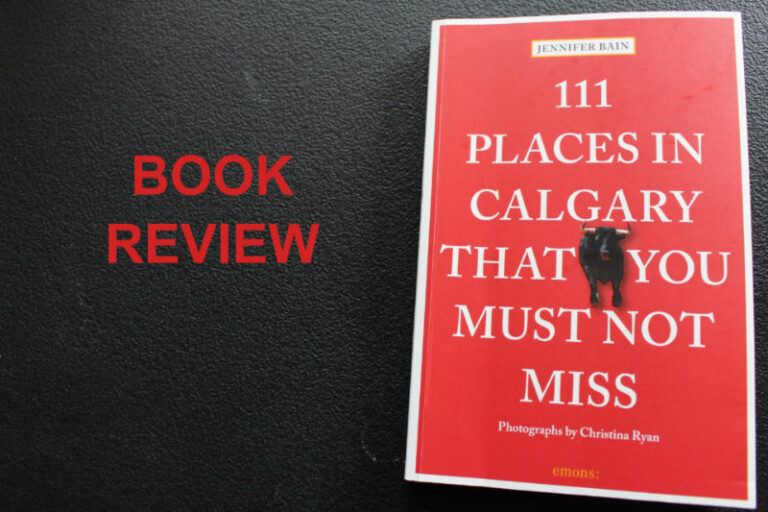
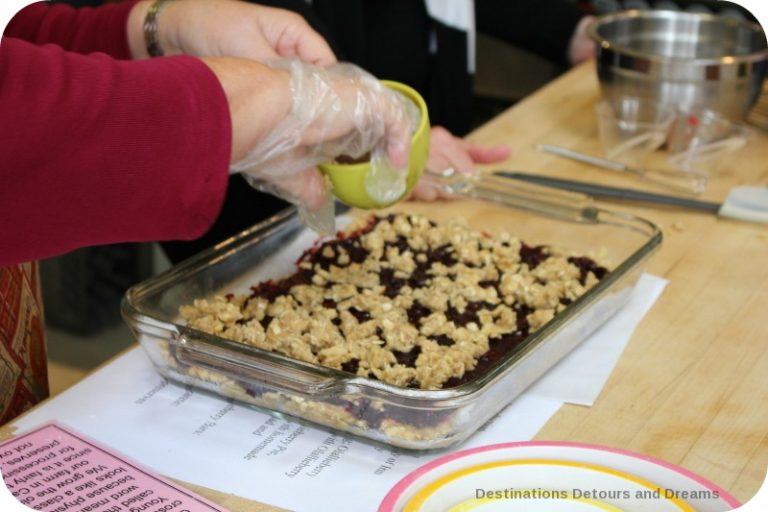
Interesting how it’s restoration and emergence as a tourist attraction seems to have been the result of a work of fiction. Do we know if the author actually had this house in mind?
Ken, it is likely the author did not have this house in mind. She died without ever specifying the locations on which her story was based and there are no records of her ever having visited Casa de Estudillo.
Thanks for the virtual tour of the lovely Estudillo home and for sharing some of San Diego’s history. Having grown up in Southern California, I’ve always loved the Spanish/Mexican colonial homes and architecture. Hopefully I’ll have a chance to visit San Diego again and would definitely put the Old Town historic park on my itinerary. Anita
Anita, I too love the Spanish/Mexican colonial homes and architecture. I like the concept of the rooms opening up to a central courtyard. Likely wouldn’t work well in Canadian winters, but certainly nice in warmer climes.
I remember this house! I LOVED the way it was built around the courtyard with all the rooms opening out to that space. I swore I’d have a house just like it. . . which I don’t. Thanks for reminding me!!
Cindy, I’d love to have a house around a courtyard too – not particularly particular in Canadian prairie winters but it would be lovely in the summer time.